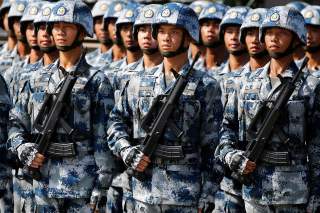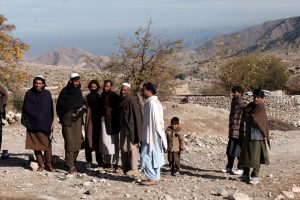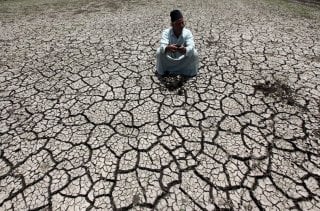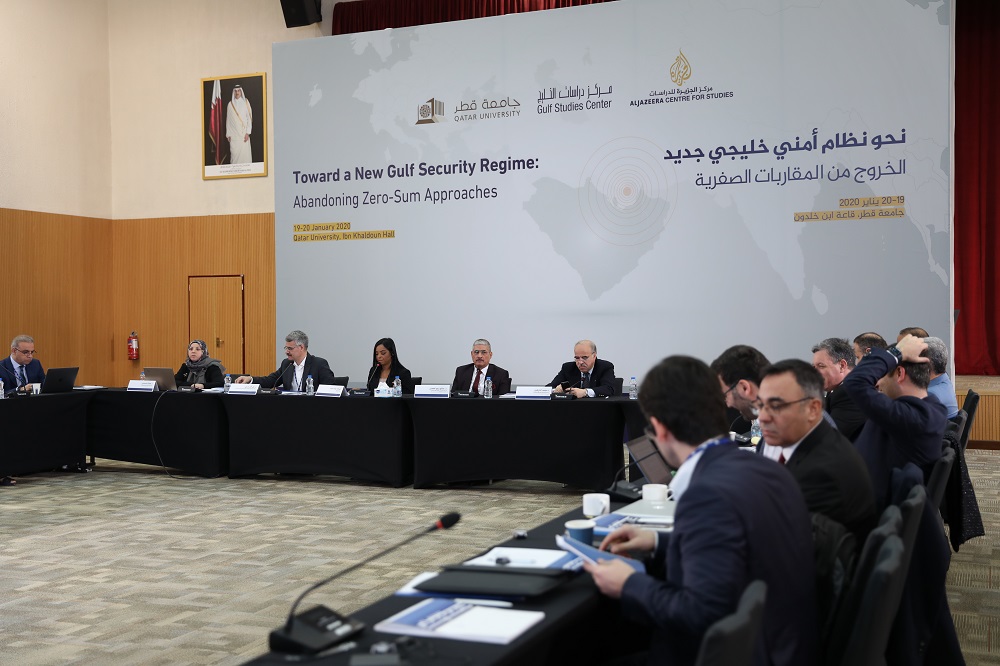Countries all around the world are busy creating their policies around the next generation of wireless technology, the 5G network. With greater speed and capacity, 5G is expected to spur innovation and underpin future smart city technology. In India, for example, it will not only provide economic benefits—estimated by some to be as much as $1 trillion by 2035—but can also be a crucial tool for social transformation by increasing access to quality education, health care, and transportation services.
Not surprisingly, New Delhi wants to be at the forefront of adopting and deploying 5G networks. In 2017, India’s Ministry of Communications set up a High Level Forum comprising representatives from key ministries, academia, experts, and industry stakeholders to approve a road map for deploying 5G by 2020. By mid-2018, the committee submitted its report with policy recommendations for technology demonstration, 5G trials, and spectrum allocations.

















